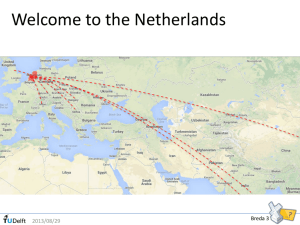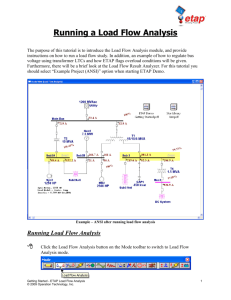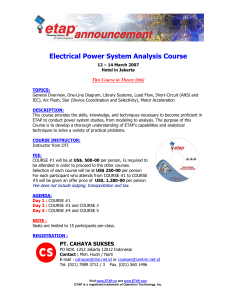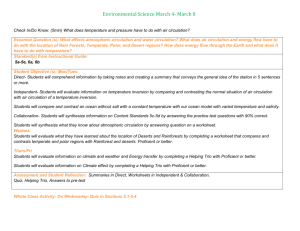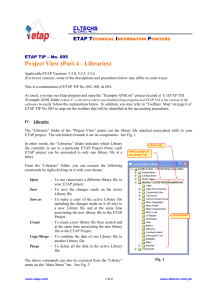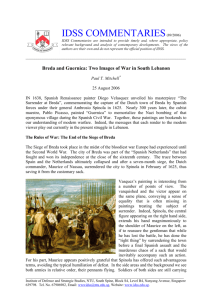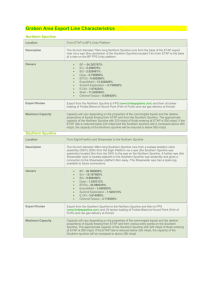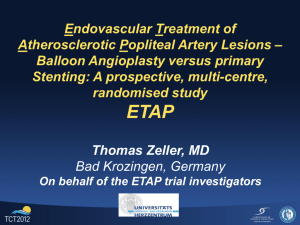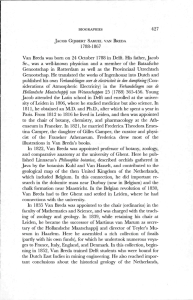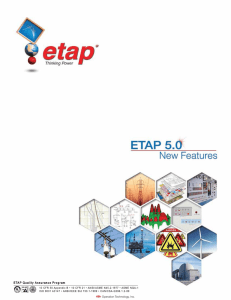File - Iowa State University
advertisement
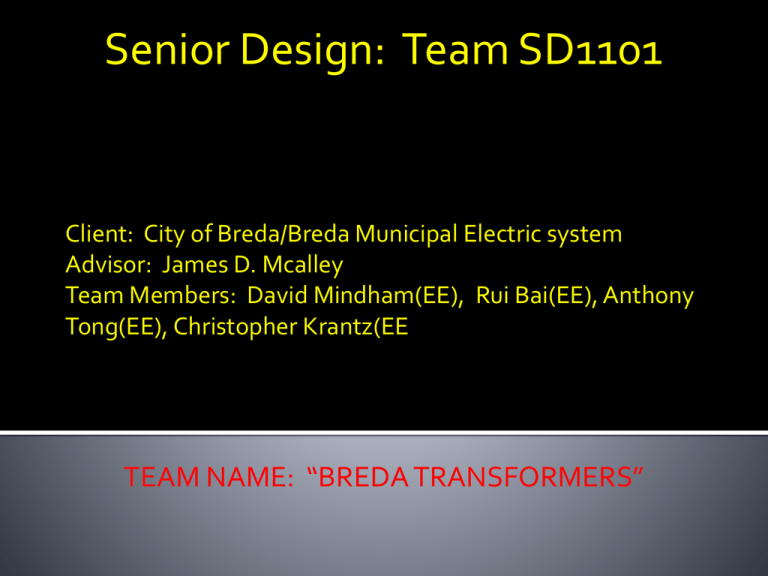
Senior Design: Team SD1101 Client: City of Breda/Breda Municipal Electric system Advisor: James D. Mcalley Team Members: David Mindham(EE), Rui Bai(EE), Anthony Tong(EE), Christopher Krantz(EE TEAM NAME: “BREDA TRANSFORMERS” Problem Statement Conceptual Sketch Functional Requirements Non-functional Requirements Technical/Other Constraints/Considerations Market survey – articulate what makes your project unique Potential Risks & Mitigation Resource/Cost Estimate Project Milestones & Schedule Create a functional one-line diagram using ETAP software Collect, research, and report economic analysis of companies providing power to city of Breda Advise and educate city of Breda on alternate sources of energy and money saving techniques Phase 1 development of small town model power distribution system Understand costs associated with small towns in Iowa Collect cost data for the following areas: Generation, Transmission, Distribution, and Regulation. Many costs are hidden. Once cost breakdown is complete, we’ll know which areas we can have the greatest impact. Generation Charges: MEAN and WAPA Demand Charges: MEAN and Midwest ISO Transmission Charges: MidAmerican and Midwest ISO One-line diagram of the power distribution system of Breda Power analysis Harmonic distortion analysis Loss analysis Model Requirements 7.2/12.74 kV 3 MW peak input power Primary line: 1 aluminum conductor steel reinforced(ASCR) Secondary line: 4 ASCR Transformers type: Liquid immersed Motors: 120-250 HP Line impedances Safety Electrical Travel Team work Reliability Alternative energy IEEE Standards Power Factor Maintenance: +/- 5% of unity. Cost Effective Upgrades: All suggested improves must pay for themselves in 15 years. Non Technical Document: All reports must be easily understood by a non engineer (City Clerk.) Team learning how to use ETAP ETAP data is only as good as the model developed Data for model continually requiring updates Length of conductors Types of fuses ETAP Power Distribution Analysis Software Provided by Iowa State University ETAP provided by Iowa State University: No Cost Functional Decomposition Detailed Design (functional modules design, interface definition, user interfaces, etc.) HW/SW/Technology Platform used Test Plan – simulation, what tests, what metrics, hypothesis, etc. Prototype Implementations or Basic building block implementations (and applicable results) 3-phase 7.2/12.47kV Single phase distribution lines 120/240 V Peak power of 1.2 MW Primary lines Aluminum conductor’s steel reinforced (ACSR) type 1 Secondary lines type 4 ACSR 37 buses single phase 11 industries and business 3-phase power Capacitor bank, fuses, meters, and switches Motors 100 – 250 HP Unbalanced load flow analysis Motor starting analysis Reliability assessment analysis Finish ETAP model 09/13/11 Begin Analysis 9/13/11 Finish Cost Analysis 11/15/11 Finish research on alternative energy 12/01/11 Finish reliability assessment 12/01/11 Compile total information and present to client
